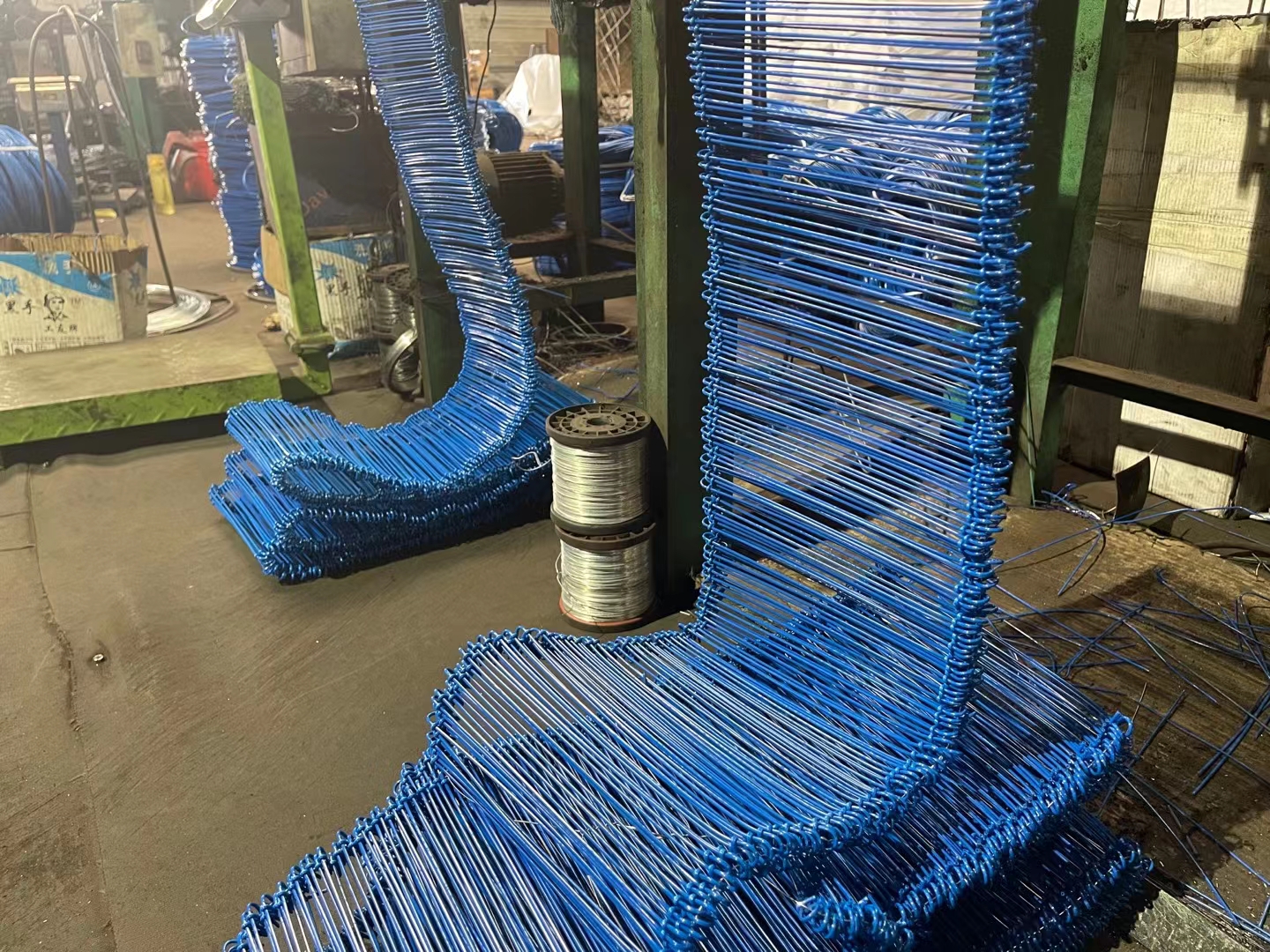
- Mobile Phone
- +8613931874955
- sales@cntcmetal.com
Feb . 16, 2025 07:30
Back to list
plastering metal corner bead
When it comes to achieving a professional finish in drywall installations, the use of plastering metal corner bead is indispensable. These components not only ensure the durability of a project but also provide clean, precise angles that elevate the appearance of any space. With years of working in the construction industry and specializing in plastering techniques, I've seen firsthand how metal corner beads play a crucial role in delivering superior finishing.
Another important consideration is the choice between different profiles and finishes of corner beads. Whether installing a standard L-shaped bead or a more specialized V-shaped or Bullnose bead, each serves a specific purpose. An L-shaped corner bead is often employed for straight-forward projects, while Bullnose types, known for their rounded edges, are popular for softer, more decorative finishes. Beyond practical applications, understanding and choosing the right finish for a metal corner bead can have significant stylistic implications. Beads come in various coatings—from primed for painting to anodized finishes that enhance durability and appearance. Making a selection here can depend on whether the intention is to have the bead blend seamlessly with the wall paint or to add a metallic accent to the room's design. In acquiring top-quality metal corner beads, one should consider the credibility of the supplier or manufacturer. Using trusted brands that offer warranties and have a reputation for quality control ensures that you receive a product that meets the highest standards. Accreditation and certification can also serve as indicators of reliability and authority in the construction materials market. Lastly, sustainability is an increasingly critical factor. Opting for manufacturers who prioritize environmentally friendly practices in their production processes not only benefits the planet but can also appeal to clients seeking green construction solutions. Look for products that are 100% recyclable and are made using processes that minimize environmental impact. Plastering metal corner bead, with its myriad options and applications, remains a cornerstone in achieving pristine, long-lasting drywall finishes. With the right expertise, careful material selection, and professional installation, these components secure not just the corners of a building, but also the integrity and beauty of the entire structure.


Another important consideration is the choice between different profiles and finishes of corner beads. Whether installing a standard L-shaped bead or a more specialized V-shaped or Bullnose bead, each serves a specific purpose. An L-shaped corner bead is often employed for straight-forward projects, while Bullnose types, known for their rounded edges, are popular for softer, more decorative finishes. Beyond practical applications, understanding and choosing the right finish for a metal corner bead can have significant stylistic implications. Beads come in various coatings—from primed for painting to anodized finishes that enhance durability and appearance. Making a selection here can depend on whether the intention is to have the bead blend seamlessly with the wall paint or to add a metallic accent to the room's design. In acquiring top-quality metal corner beads, one should consider the credibility of the supplier or manufacturer. Using trusted brands that offer warranties and have a reputation for quality control ensures that you receive a product that meets the highest standards. Accreditation and certification can also serve as indicators of reliability and authority in the construction materials market. Lastly, sustainability is an increasingly critical factor. Opting for manufacturers who prioritize environmentally friendly practices in their production processes not only benefits the planet but can also appeal to clients seeking green construction solutions. Look for products that are 100% recyclable and are made using processes that minimize environmental impact. Plastering metal corner bead, with its myriad options and applications, remains a cornerstone in achieving pristine, long-lasting drywall finishes. With the right expertise, careful material selection, and professional installation, these components secure not just the corners of a building, but also the integrity and beauty of the entire structure.
share:
Next:
Latest news
-
Yard Sign Stakes: Reliable Guardians of Outdoor SignsNewsAug.04,2025
-
Wall Ties: Invisible Guardians of Building StabilityNewsAug.04,2025
-
Resilient Web: The Super Guardian Power of Concrete MeshNewsAug.04,2025
-
Masonry Accessories: A versatile assistant on building foundationsNewsAug.04,2025
-
Iron Binding Wire: the 'invisible reinforcement specialist' in the fields of architecture and industryNewsAug.04,2025
-
Dynamic Spring: The diverse functions and excellent performance of Wire Tension SpringNewsAug.04,2025
-
Your Source for Concrete Wall Ties and Masonry AccessoriesNewsJul.10,2025



















